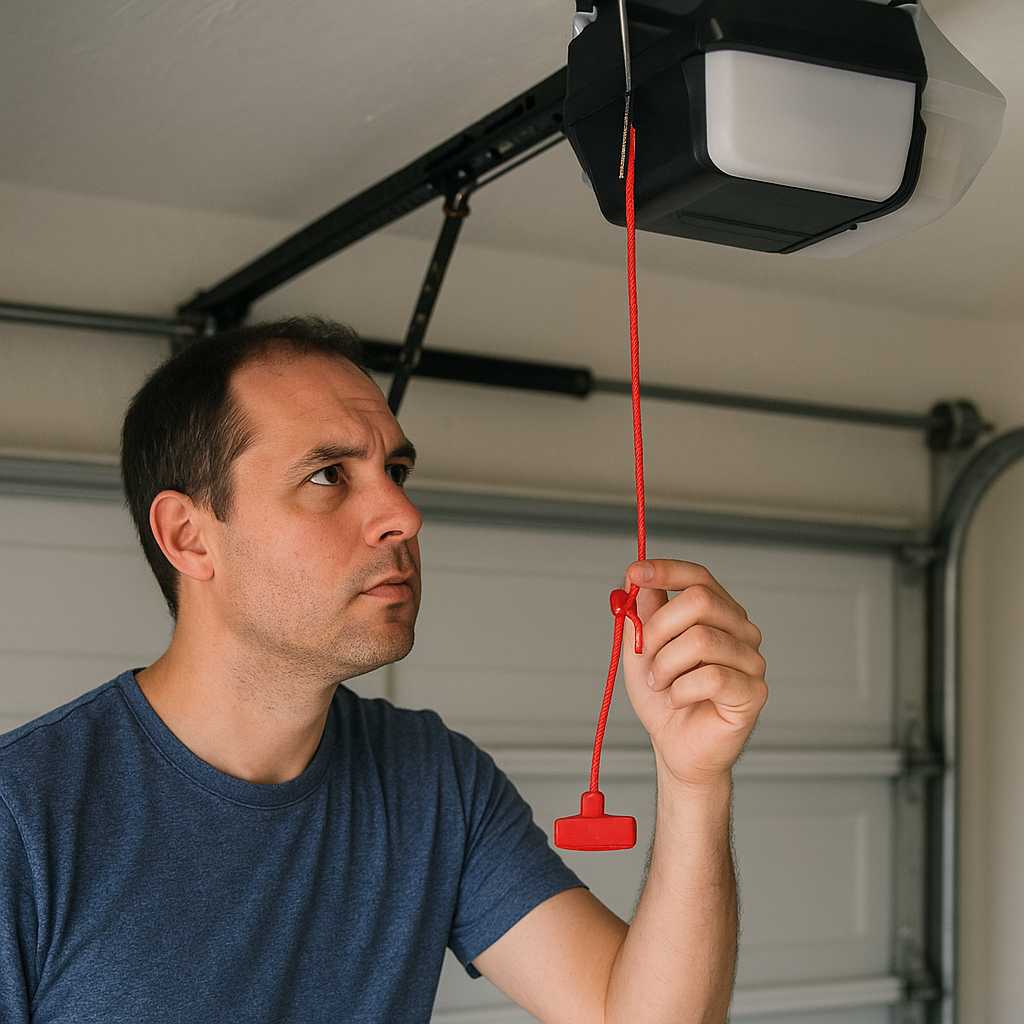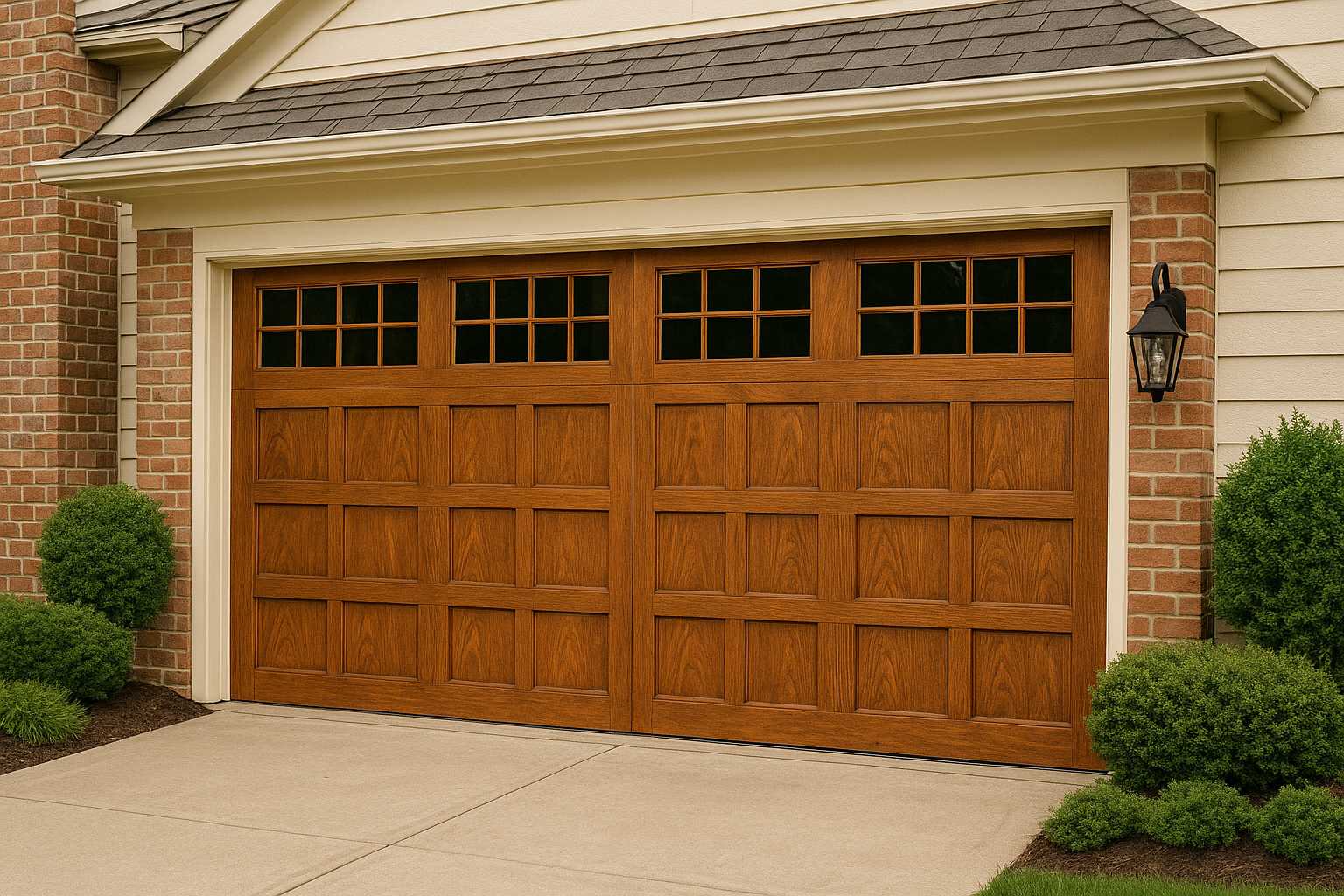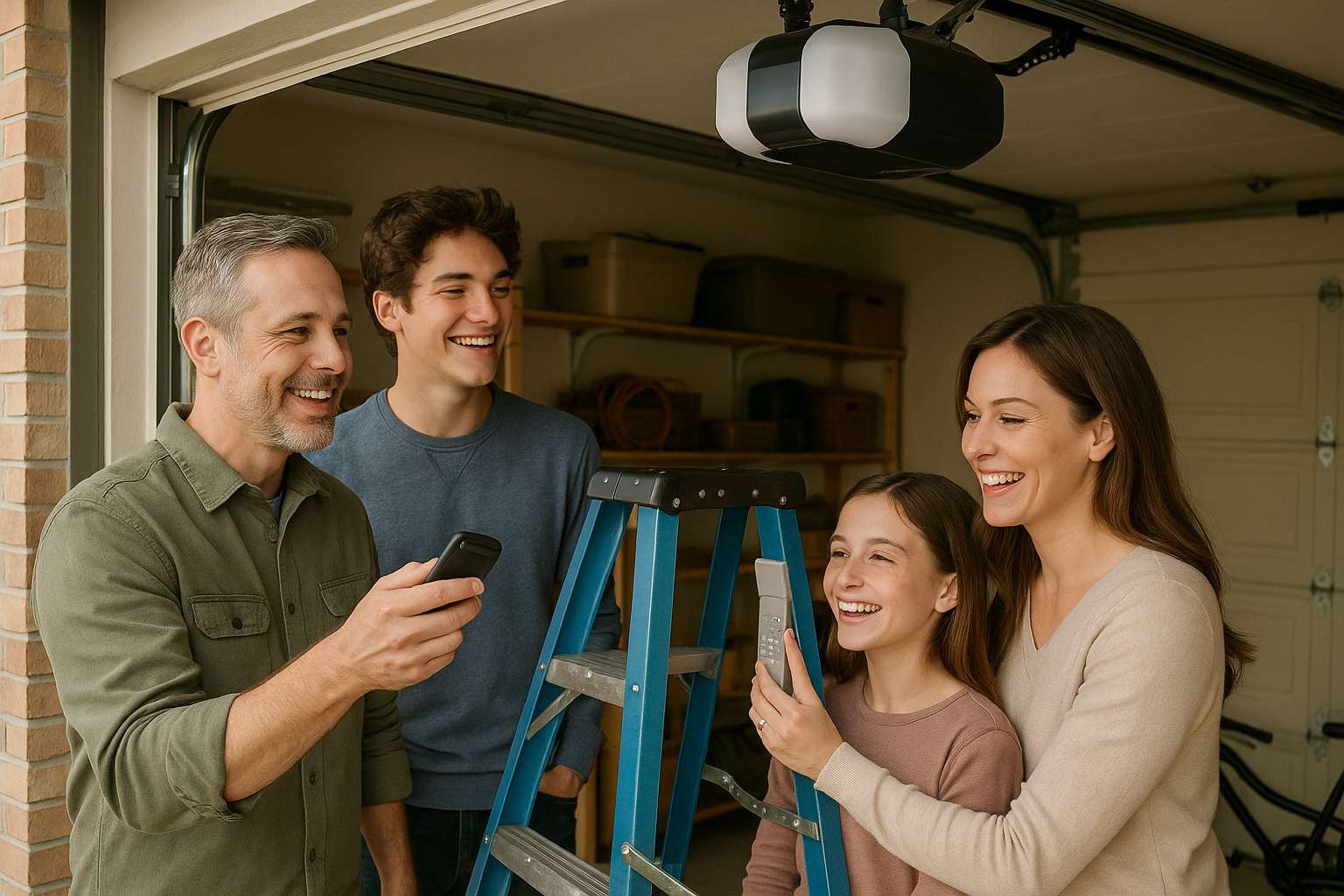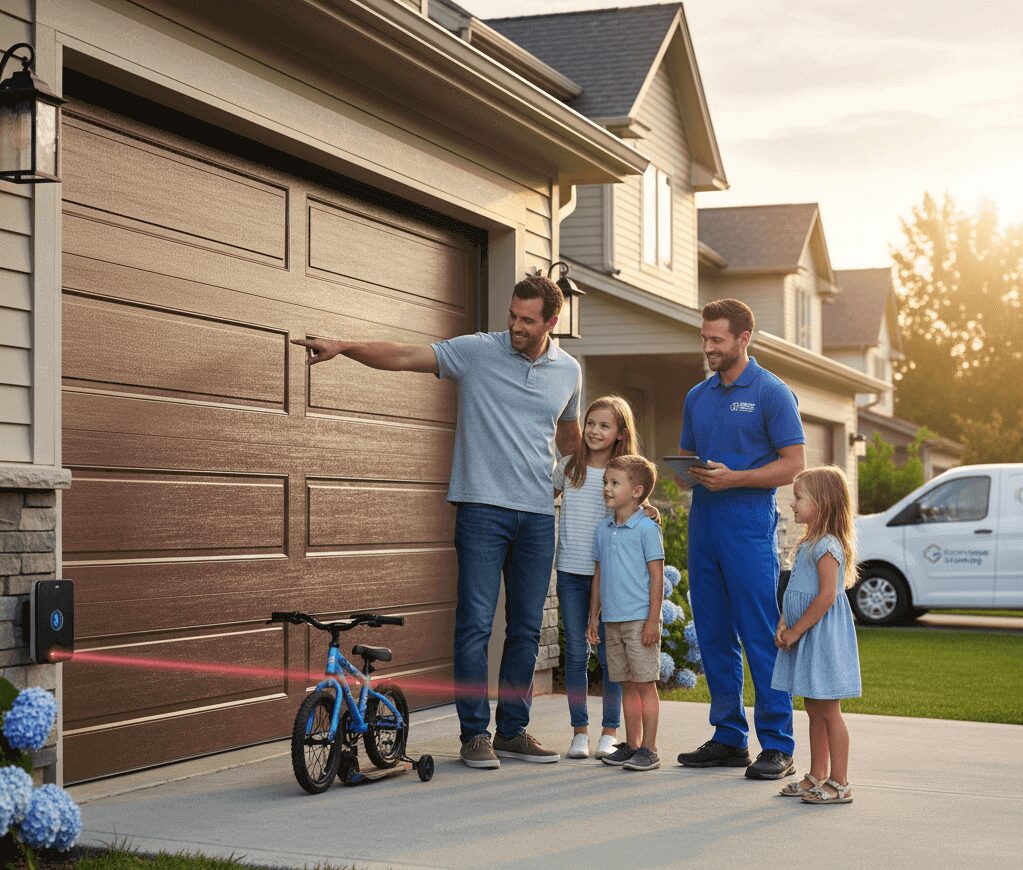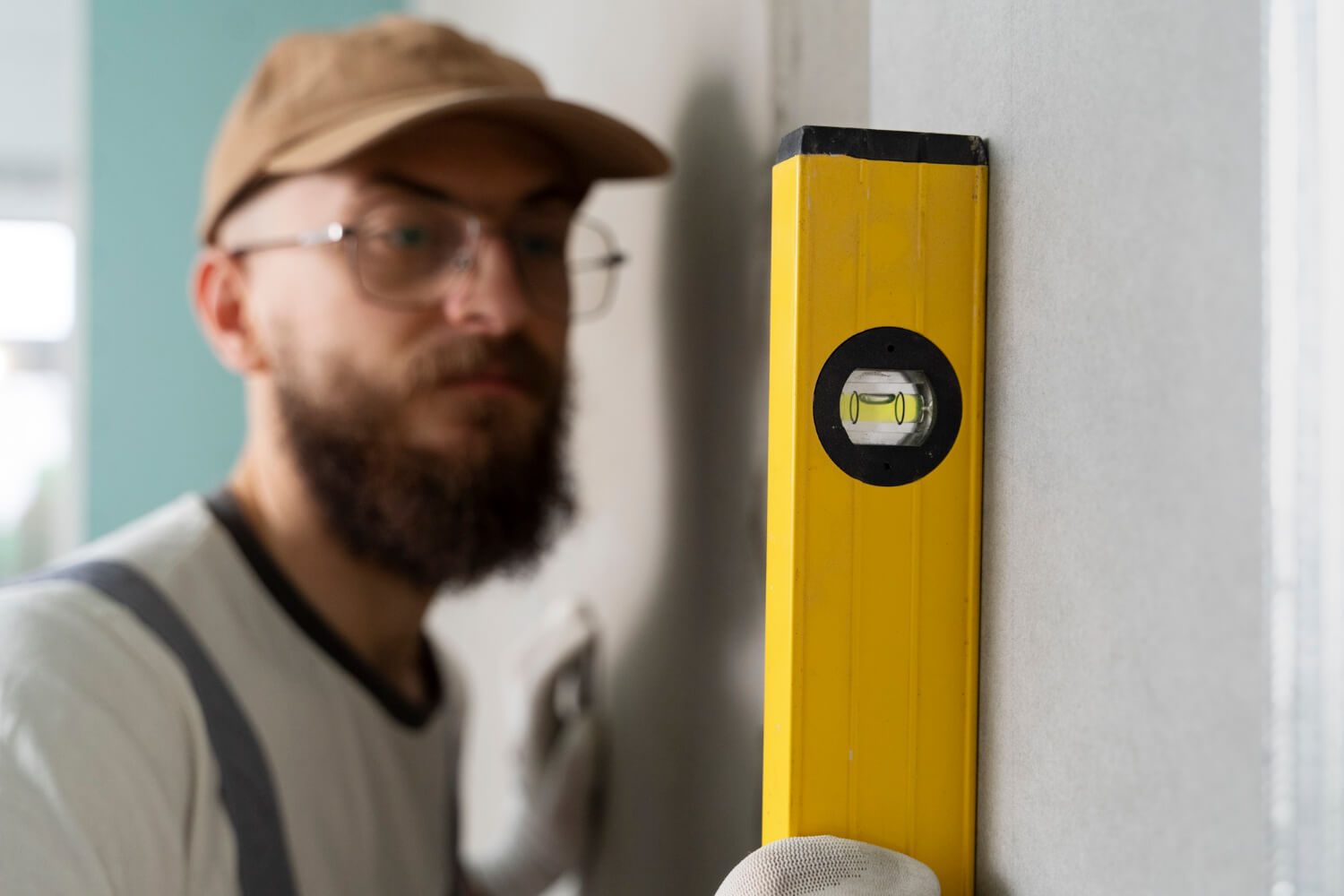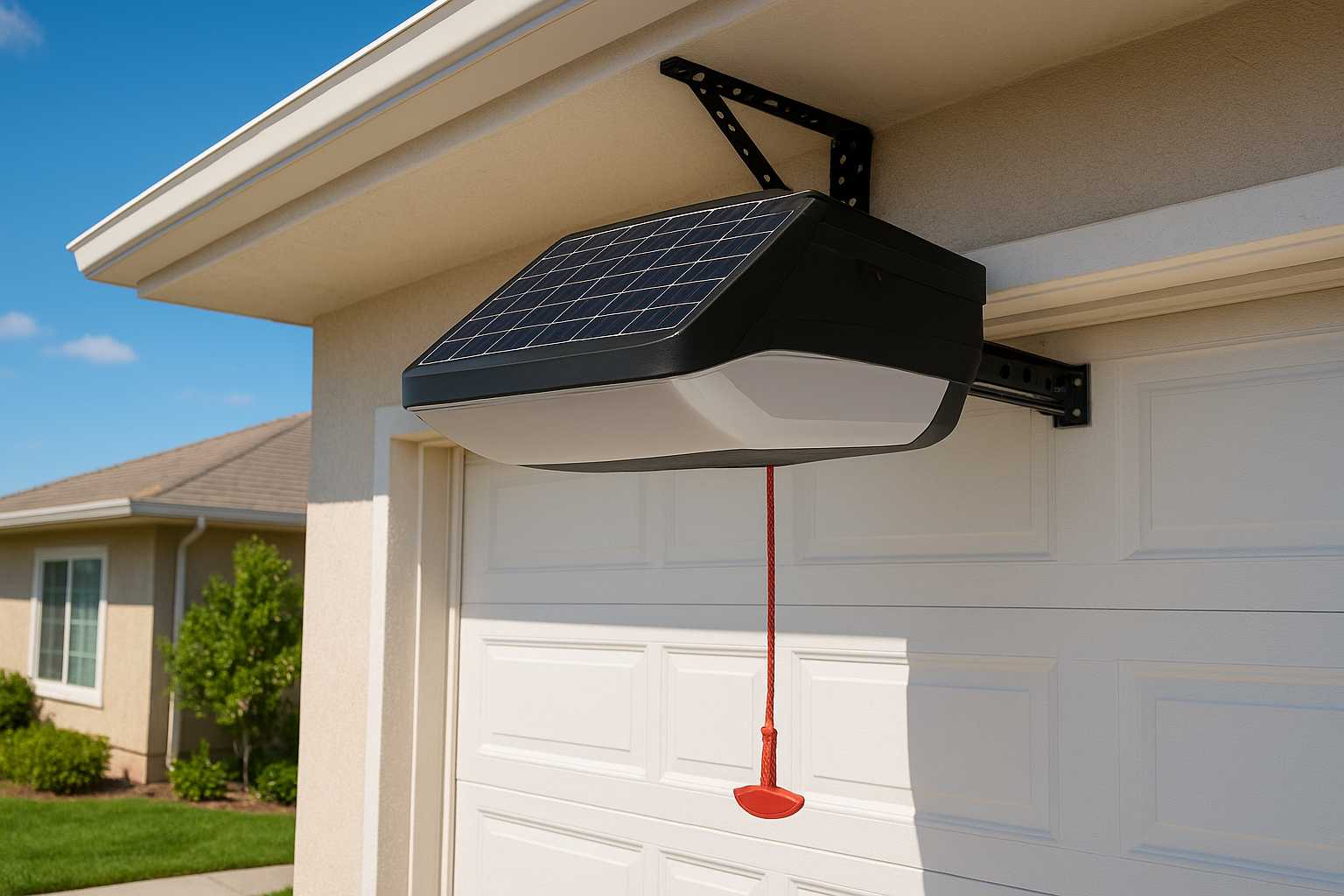Picture this: you’re about to leave for work when the lights flicker, the power goes out, and you’re left with no way to open your garage door with the click of a button. Living in South Australia, where we occasionally experience power outages, it’s crucial for you to know how to operate the emergency garage door release. This feature is a lifesaver, allowing you to manually operate your garage door when your fancy motorised opener won’t work. Let me walk you through how to safely and effectively use it.
Understanding the Emergency Garage Door Release
The emergency garage door release is a godsend during power outages or when your home garage door opener is playing hard to get. It’s essential for accessing your garage when the motorised opener fails. Knowing how to use this feature can save you time, headache, and ensure your safety.
Locating the Emergency Release Cord
Start by ensuring your garage door is completely closed. The emergency release cord is typically marked by a red rope or handle hanging from the garage door opener track near the ceiling. Now, unless you’re a basketball player, you might need a stepladder to get to it safely. And remember, never yank the cord when the door is open – you don’t want it slamming shut unexpectedly!
Disengaging the Door Opener
Gently pull the red emergency release cord downwards. You’ll know it’s worked when you hear a satisfying click – that’s the mechanism disengaging from the trolley. And voilà! Your garage door is now free from the motor’s grip, ready to be lifted manually.
Manually Opening the Garage Door
Let’s get physical! With the motor out of action, the door will feel a tad heavier. Grab the handle at the bottom centre of the door, and lift with determination. If it feels like lifting weights at the gym, don’t hesitate to ask a mate for help. Once you’ve huffed and puffed it to the desired height, either hold it in place or prop it up with something sturdy, like your trusty 2×4.
Re-engaging the Trolley
Once the power is back or the issue sorted, you’ll want to reconnect the door to the opener system. Ensure the door is open and secured. Guide the trolley back along its track till you hear that ever-important “click”. Reconnect it and test by lowering the door gently and trying out the opener with your remote.
Regularly Testing Your Emergency Release
Testing your emergency release isn’t just a neat party trick; it’s essential maintenance. Here’s how you can periodically ensure it’s good to go:
- Ensure nothing obstructs your garage door, and it’s fully closed.
- Turn off the garage door opener’s power at the breaker box.
- Find and pull that red cord – you’ve got this!
- Lift the garage door halfway and check if it stays put. If it creeps up or sinks, call a pro! It might be unbalanced or have a dodgy spring.
- Close it up manually, reconnect the power, and pull the cord to hear that “click”.
- Give it a whirl with your remote to confirm all systems are operational.
Common Issues and Troubleshooting
Encounter problems while using the emergency release? No drama, it happens. Here’s what to look out for and what they might mean:
- Unbalanced Door: If your door behaves like a see-saw, it could be unbalanced or suffering from a compromised spring or cable. Time to bring in the experts.
- Heaviness: Struggling to lift the door? It might be down to a broken spring. Any struggle with the door is a signal to call a professional.
- No Click Sound: If the release cord doesn’t give you its usual click, your emergency release mechanism might be on the fritz. Let a trained technician handle it.
Safety First: Additional Tips
Use these safety tips to keep your adventures with the emergency release safe and sound:
- Ensure your door is completely closed before pulling the emergency release.
- When lifting, bend those knees and lift with your legs, not your back!
- Keep your fingers clear! Don’t grab between sections of a moving door.
- Regular garage door maintenance & repair helps prevent and manage unexpected hiccups.
Consider a Keyed Emergency Release Kit
If you’re after convenience and added security, a keyed emergency release kit might be for you. These allow manual release with a key from outside, which is handy if your opener has a mind of its own or during outages. They’re a cinch to install and compatible with most systems.
With these steps and strategies, navigating a powerless garage door situation can be a breeze. Just remember, this feature is for emergencies, and any persistent issues with your opener should be left to professionals. Stay safe and prepared out there!

